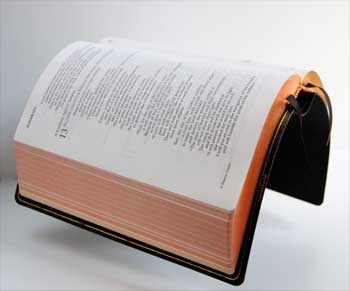
From this Monthʼs Biblical Studies Carnival
Charles Halton (Awilum), Claude Mariottini and Daniel O. McClellan examine a number of examples where NIV 2011 makes forced and spurious translations which appear to be favored for no other good reason than the fact that these “translations” harmonize various errors and contradictions in the Bible.
Such features continue to ensure that the NIV remains a devotional translation for Christian users and seminaries, not a translation for use in academic biblical studies. As Douglas Mangum (Biblia Hebraica et Graeca) summarizes: “It is clear that the translators are less interested in revealing the linguistic and literary complexity of the biblical world than with maintaining an ignorant publicʼs faith in the accuracy of the putative original language and text.”
John Hobbins (Ancient Hebrew Poetry) examines the new NIVʼs translation of Ecclesiastes 11.1-2, and finds that it is “not so much a translation as an interpretation,” because of its overwillingness to paraphrase the unclear or ambiguous Hebrew text.


A friend and I are working on a project categorizing discrepancies in synoptic accounts in the Bible. I know it's been done...but we wanted to try it for ourselves and learn along the way. We have noticed how the NIV often glosses over discrepancies, creating a false harmony.
ReplyDelete